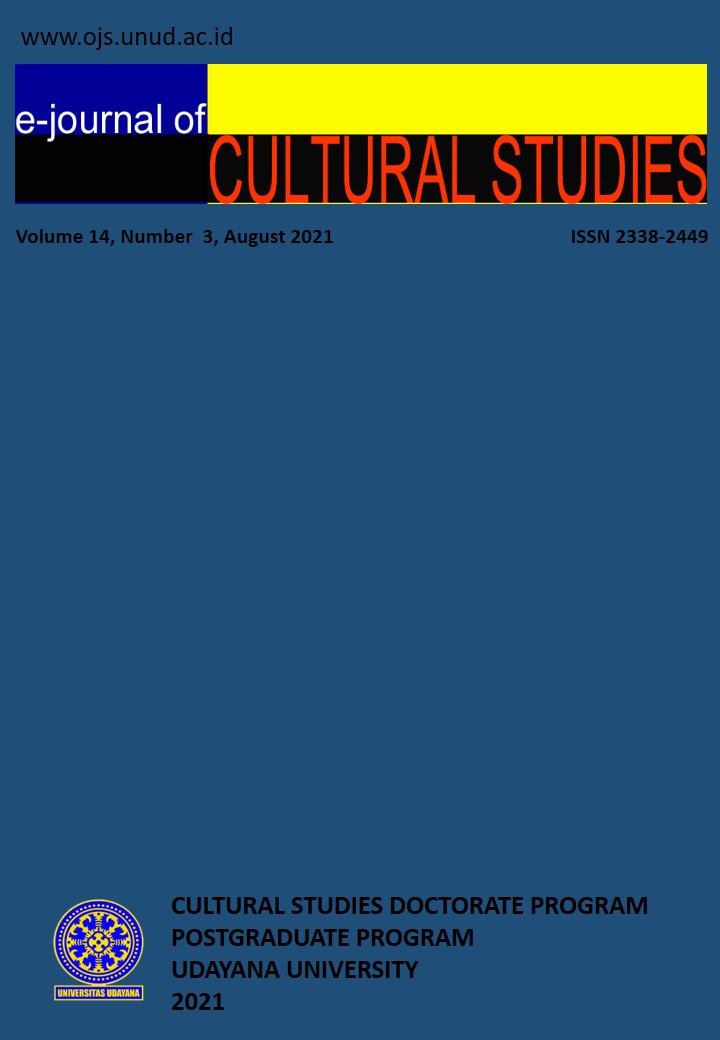THERE IS NO COMPLETE HEGEMONY: SHARIA TOURISM DEVELOPMENT DISCOURSE IN BALI
Abstract
In the past decade, the Indonesian government has taken political and economic policy measures to improve the country's image as a Muslim-friendly destination. The leading destinations chosen to be developed with the concept of sharia tourism are one form of these efforts. However, the policy faced negative responses from several regions, especially from tourism stakeholders in Bali. Indeed, the Balinese are not enthusiastic about the possibility of their island being labelled as sharia tourism destination. Even though sharia tourism stakeholders took the initiative to show the potential benefits of sharia tourism economically, the idea was still rejected. Primary data was collected utilizing in - depth interviews with key informants selected purposively, while secondary data was obtained from literature, documents, information from mass media and local television. The data were analyzed with a critical theory approach in the style of cultural studies, using the theory of hegemony, ideology, power/knowledge relations and critical discourse analysis to explain the form of discourse, response forms and implications of the discourse on sharia tourism development in Bali. This paper also presents both empirical and theoretical findings and provides recommendations. This article concludes that Bali can't be transformed into a sharia tourism destination, however, Bali still accommodates the needs of Muslim tourists.
Keywords: discourse, sharia tourism, Balinese cultural tourism, hegemony, counter-hegemony







